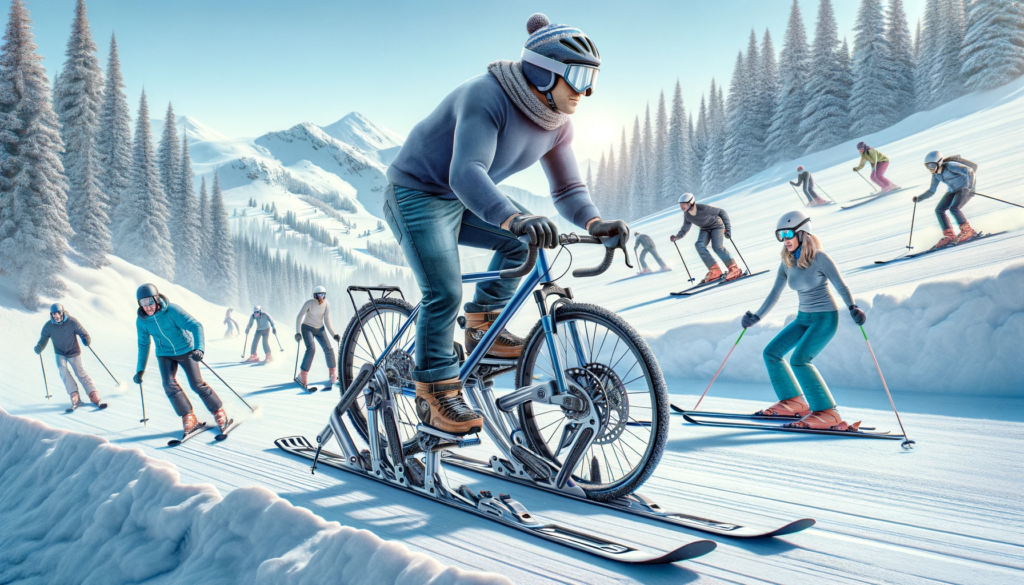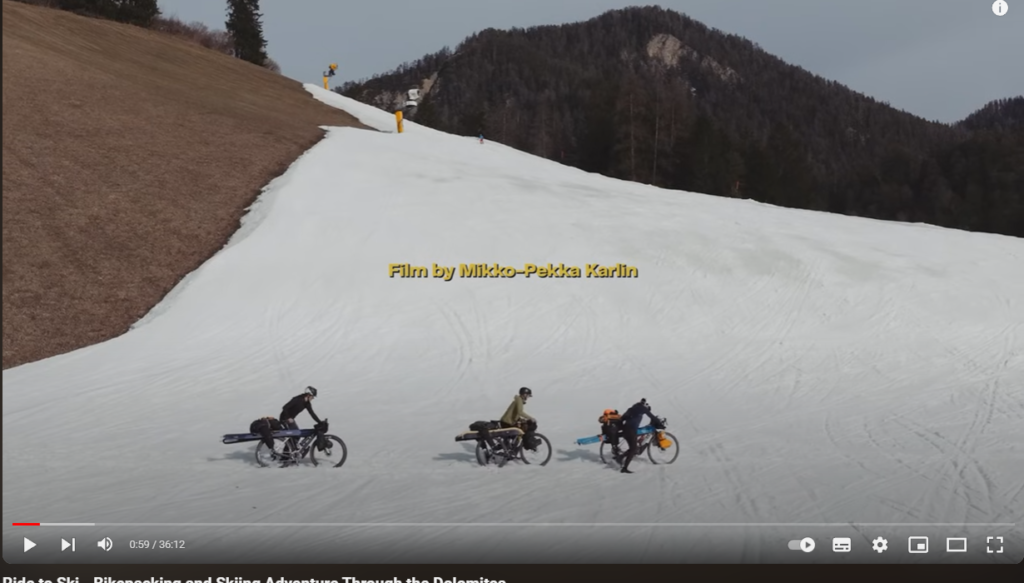Skiing and Bicycling The Unexpected Parallels

At first glance, skiing and bicycling might seem worlds apart. One is typically enjoyed on snowy mountains, the other on paved roads or rugged trails. However, these two activities share more in common than one might think. Both skiing and bicycling require balance, coordination, and an appreciation for the great outdoors. Let’s explore the surprising similarities between these popular recreational activities.
Content
1. Balance and Coordination
Both skiing and bicycling demand a high degree of balance and coordination. On a bicycle, riders must maintain equilibrium to prevent falling. This requires constant adjustments to body position and weight distribution, particularly when navigating turns or rough terrain. Similarly, skiing involves maintaining balance on slippery slopes. Skiers must constantly adjust their stance and shift their weight to navigate downhill runs, making precise movements to stay upright and in control.

2. Core Strength and Endurance
Engaging in either activity offers a fantastic workout, emphasizing core strength and endurance. Cyclists use their core muscles to stabilize their bodies while pedaling, especially on challenging climbs or during long rides. Skiers rely on their core to remain stable as they maneuver down slopes, counteracting the forces that try to throw them off balance. Both sports build cardiovascular endurance, with extended sessions improving overall stamina and fitness levels.
3. Mental Focus and Precision
Mental focus is critical in both skiing and bicycling. Cyclists must remain alert to changes in terrain, traffic, and weather conditions, making quick decisions to avoid hazards. Similarly, skiers need to concentrate intensely to read the slope, anticipate turns, and react to varying snow conditions. Precision in movement is crucial for both activities; a momentary lapse in focus can lead to a fall or collision.
4. Environmental Engagement
Both skiing and bicycling foster a deep connection with nature. Skiing often takes place in breathtaking mountain settings, surrounded by snow-covered peaks and pristine landscapes. Cyclists, whether on road or trail, frequently enjoy scenic routes through forests, along rivers, or over hills. This environmental engagement enhances the experience, offering a sense of adventure and a profound appreciation for natural beauty.
5. Community and Culture
Skiing and bicycling both boast vibrant communities and cultures. Skiers gather at resorts and mountain lodges, sharing tips, stories, and camaraderie. Similarly, cyclists often join clubs, participate in group rides, and connect at events and races. Both sports have dedicated followers who share a passion for the activity and a desire to improve their skills. The sense of community and shared enthusiasm is a significant part of what makes both skiing and bicycling so enjoyable.

6. Equipment and Gear
While the specific equipment differs, both sports require specialized gear. Cyclists invest in bicycles tailored to their riding style, whether it’s a sleek road bike, a rugged mountain bike, or a versatile hybrid. They also need helmets, gloves, and appropriate clothing. Skiers require skis, boots, poles, and protective gear like helmets and goggles. In both cases, choosing the right equipment is essential for performance and safety.
7. Learning Curve and Skill Development
Both skiing and bicycling have a learning curve that requires patience and practice. Beginners must start with the basics, mastering fundamental techniques before progressing to more advanced skills. With skiing, this might involve learning to snowplow and turn; with bicycling, it means gaining confidence in balance and handling. As individuals improve, they can take on more challenging slopes or terrains, continually pushing their limits and refining their abilities.
Conclusion
While skiing and bicycling may appear vastly different on the surface, they share numerous similarities that contribute to their popularity and enjoyment. Both activities demand balance, coordination, and mental focus while offering a unique way to connect with nature and build community. Whether you’re carving down a snowy mountain or cycling through a scenic trail, the thrill of movement and the joy of the outdoors unite these two beloved sports.
The inherent similarities between skiing and bicycling present significant opportunities for ski resorts, ski schools, and ski rental businesses. By transitioning their offerings to accommodate bicycling during the summer months, these establishments can generate additional revenue streams.
Ski enthusiasts who lack opportunities to ski during the summer can turn to bicycling as an alternative. This substitution, along with the use of indoor ski facilities, allows them to maintain their fitness and continue practicing similar skills year-round.
Bonus
Skiing and bicycling, though distinct in their traditional forms, can sometimes be combined to create a unique and thrilling experience. This fusion is brilliantly showcased in the fantastic movie linked below, where both activities are seamlessly integrated. This combination highlights the versatility and complementary nature of skiing and bicycling, offering enthusiasts an innovative way to enjoy both sports simultaneously.
https://www.youtube.com/watch?v=UypX2Pq8rfw


One Response
[…] wiedzieliście, że jazda na rowerze znacząco wspiera rozwój umiejętności narciarskich? Wzmacnia mięśnie nóg, poprawia balans i zdolności motoryczne. Choć sezon rowerowy dobiega […]